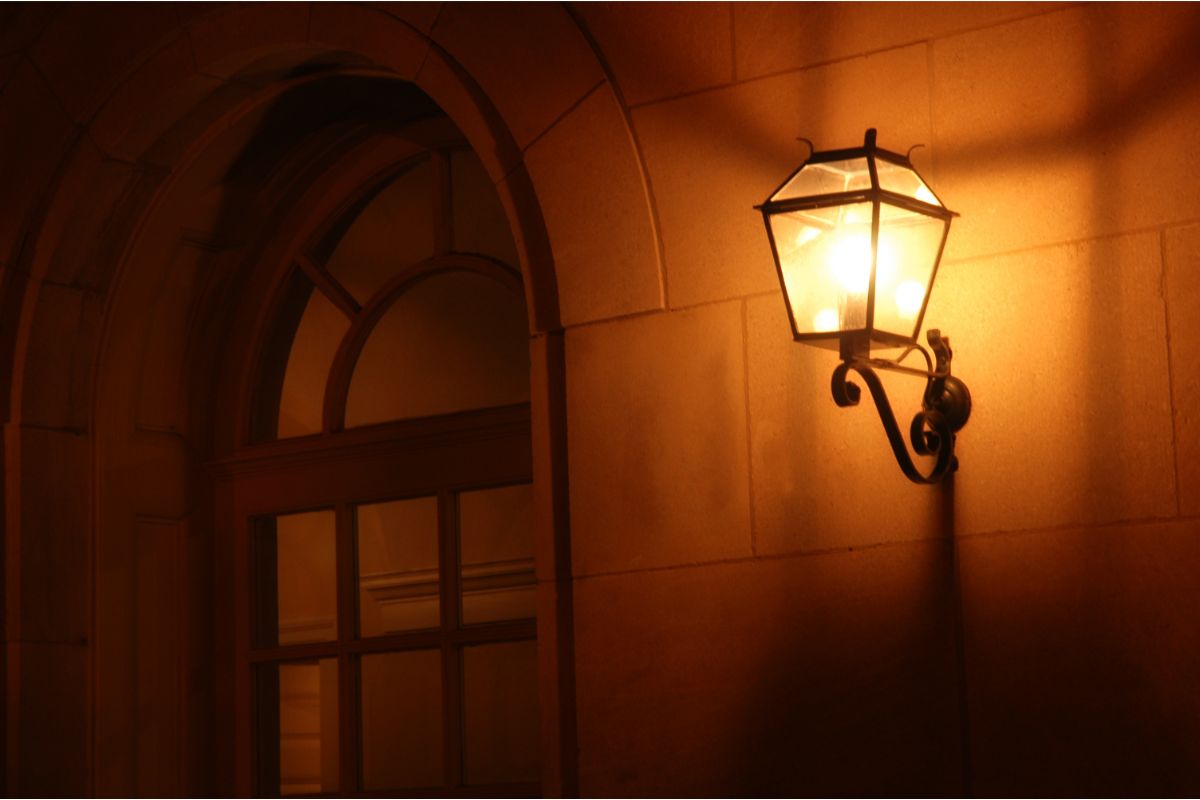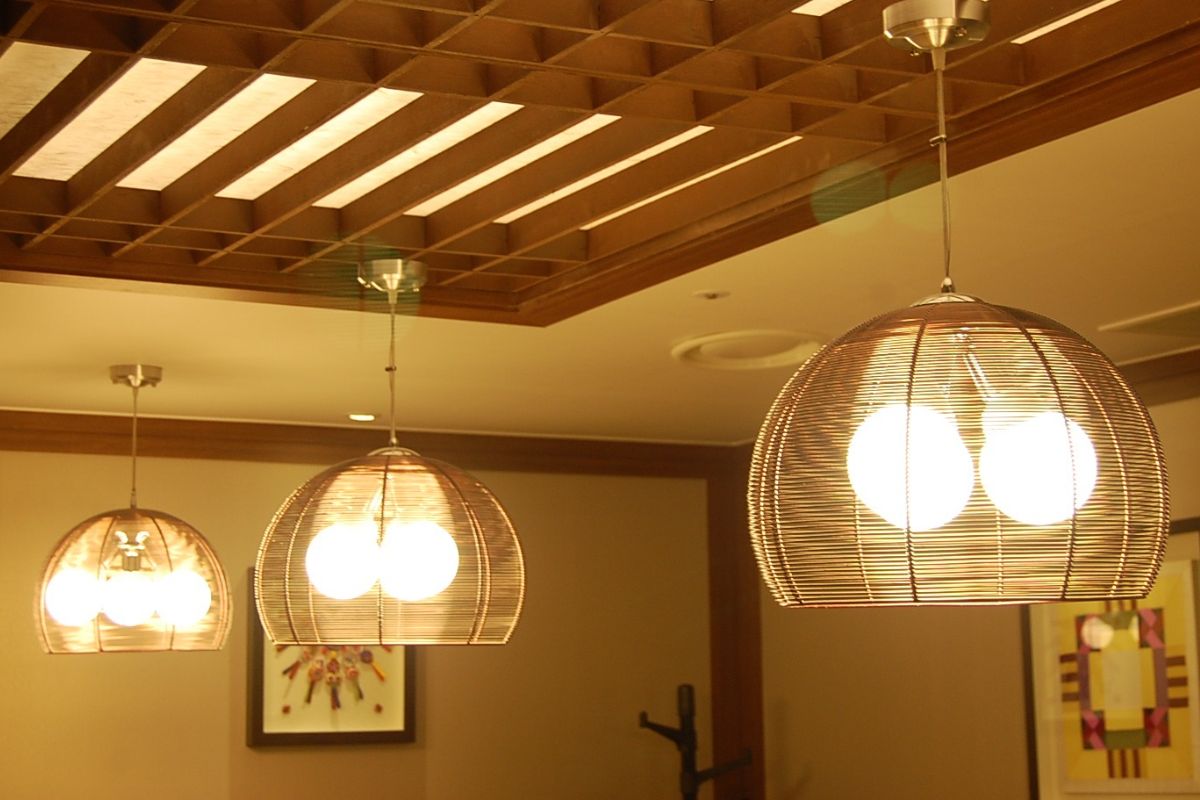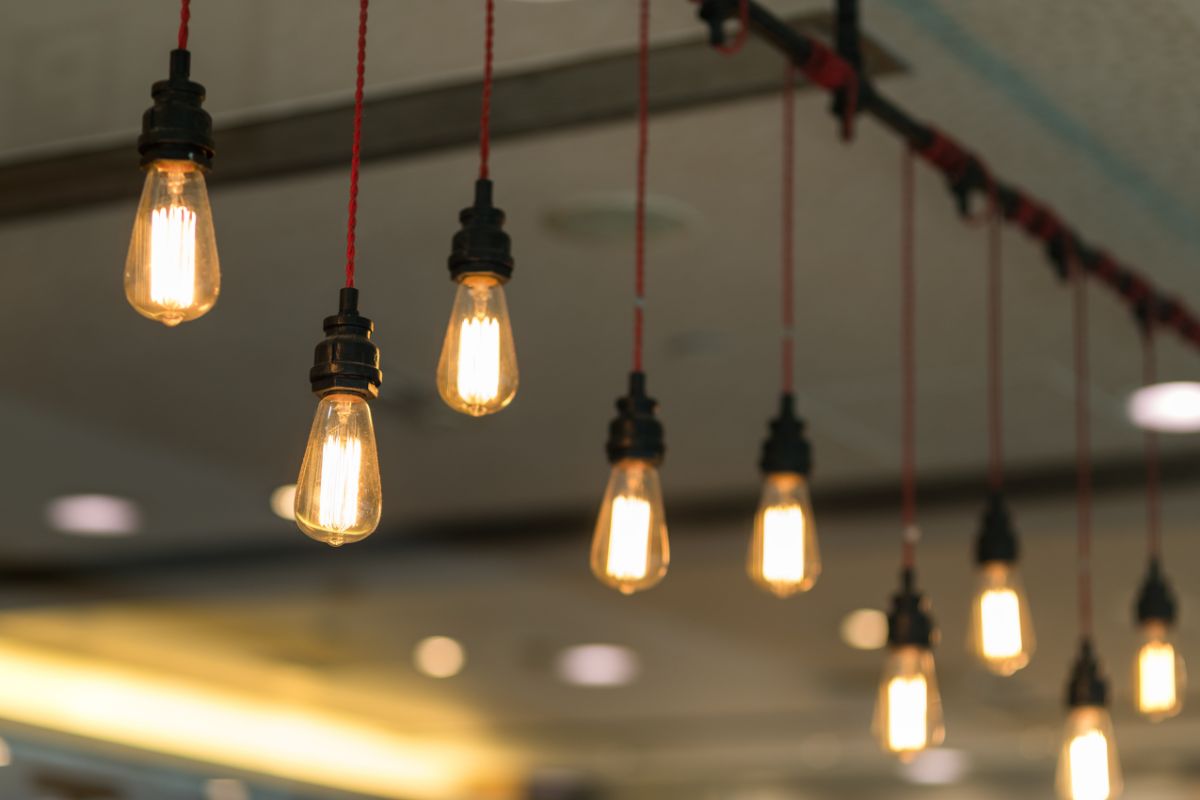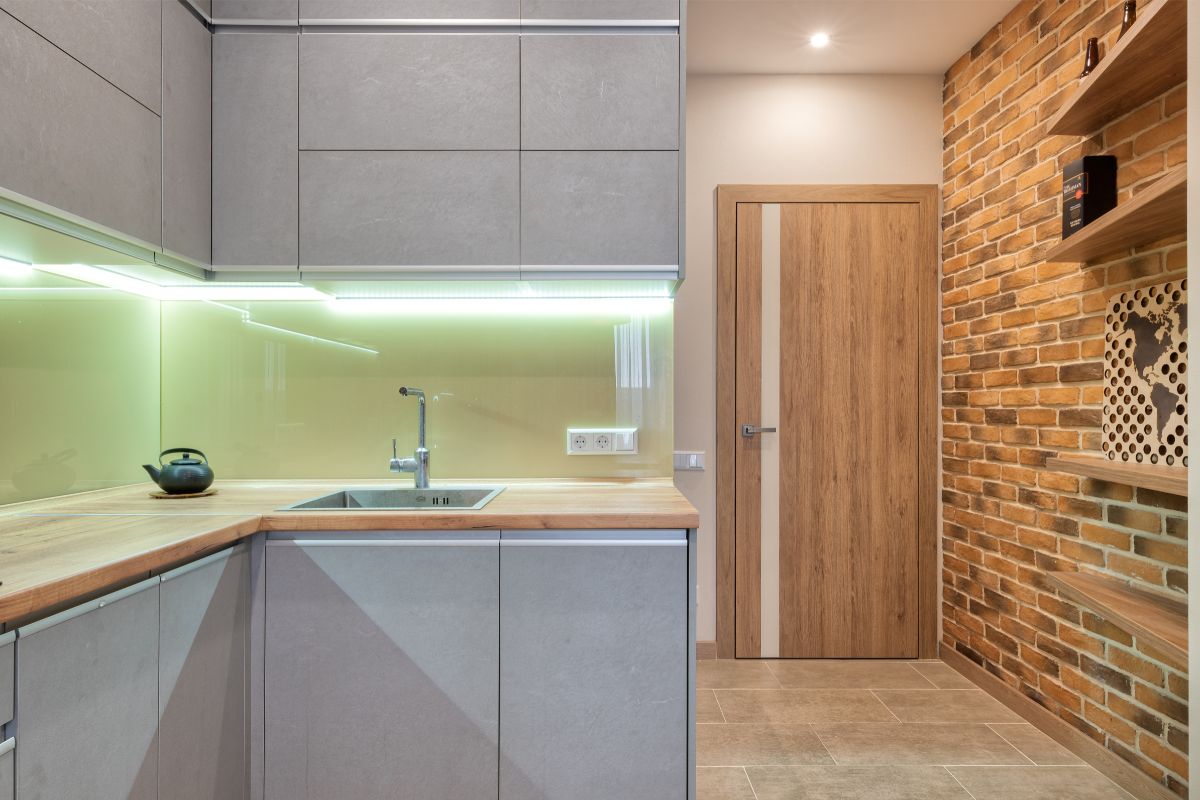While generators are used day in and day out in professional environments to get a million and one jobs done, those of us with generators for residential use may only use them when calamity strikes, say, for instance, to keep the lights on when a storm takes out grid power.

But, portable generators aren’t designed to handle the rigors of extreme weather, and as they emit carbon monoxide fumes, they can’t be used indoors, so what’s the solution? It’s a bit of a catch-22, but there are ways to navigate this problematic situation, and I’ll be guiding you through them here today.
Generator Storage During A Storm
There are two options when it comes to generator placement during a storm. You can…
- Pack the generator away in a sheltered, walled storage area, such as a shed or garage, or;
- Keep it outside but make sure that it has adequate shelter.
If you plan on keeping your generator outside and using it during the storm, which I really can’t condone, then it must be stationed at least 20 feet from your home or anyone else’s house. The manufacturer of your generator may even suggest a greater distance of operation.
This is to stop the build-up of CO in anyone’s living space, but just to be safe, it’s a good idea to pick up a carbon monoxide detector for your house if you don’t already have one.
Shelter Ideas For Inactive Generators
No space to store your generator indoors? No problem. You can provide shelter in any number of ways. Here are a few ideas to get the creative juices flowing.
Portable Plastic Greenhouse
Plastic greenhouses may not be designed to house generators during a storm, but as long as you can secure them in place, they’re a pretty good option. That said, if you’re expecting extremely high winds or hurricanes, then it’s not worth the risk.
Dog House
Remove the bottom of a classic dog house, and voilà; you’ve got a little shelter for your generator, assuming your generator fits of course. Again, you’ll need to make sure it’s secure, and if at all possible, elevated to keep your generator well away from moisture. It’s also essential to board up the entryway so driving rain doesn’t find a way inside the dog house.
Custom Cover
The best option is to pick up a custom cover for your generator if the manufacturer offers one. They’re sized to fit perfectly and securely over your generator to protect it from all kinds of bad weather.
Tarp
For a more affordable option, you could provide shelter for your generator with a tarp, but it needs to be firmly held in place to prevent high winds from having their way with it. Generator companies advise using a large tree for anchorage if you choose to use a tarp, as no other securing technique will be quite as reliable.
How To Use A Generator During A Storm?

Ideally, you won’t use a generator during bad weather, as rain and electricity don’t play nice, and getting fried by an electric shock is much worse than dealing with no power for a while.
However, if times are desperate, and you need to use your generator during a storm, you can as long as you’re able to provide suitable shelter.
DIY Generator Shelters
If you’re handy with a spot of DIY, your best bet is to simply craft your own generator shelter, as you can customize it to suit your needs and the form of your generator, but there are certain things it must have if it’s to be effective:
- It must have a waterproof cover.
- The waterproof cover must be secured in place so high winds don’t dislodge it.
- There must be ventilation holes to facilitate good air circulation.
- There must be an exhaust hole to vent toxic fumes and heat.
- The outlets must be protected from rain.
Car Port
A decent-sized car port is the perfect spot for a generator to hang during a storm, even if you need to use it, as the large roof will protect against vertical and driving rain.
Smaller car ports aren’t quite as good, as wind could blow rain beneath it and towards your generator, but it’s certainly better than nothing. Combining a custom cover with a small car port will be a much safer option.
Boat Canopy
More of a boat person than a car person? If so, you might well have a boat canopy, and as long as you keep the sides open, it can be a suitable shelter to store and run your generator beneath during a storm.
Can I Use My Generator In My Garage During A Storm?
You should never use a generator in a garage, even if you keep the door wide open and the connecting door to the rest of your property closed. Gas particles are tiny, and they can slip through the smallest gaps, meaning a door isn’t going to stop them from spreading throughout your home.
Even if you have assembled a fan system to improve air circulation, there’s never a good enough reason to use a generator indoors. The same is true of a shed. If a structure has permanent walls and a roof, there’s no way you’ll be able to use a generator in there without risking your life.
Final Thoughts
There you have it — Storms definitely pose a problem when it comes to using generators, and if at all possible, you should just keep your generator inactive in storage until the bad weather passes.
But, in emergencies, there are ways you can fire it up safely to keep your lights on when a storm takes out grid power. Just remember to never, ever use a generator indoors, as the carbon monoxide fumes are insanely deadly.
High concentrations of carbon monoxide can kill in less than 5 minutes, so don’t think you’ll be fine as long as you’re in and out swiftly. Even if you survive, your health will still take a dire hit, so be safe, and use one of the shelter options suggested in this post.



